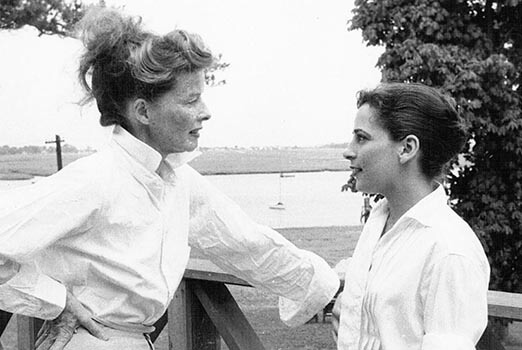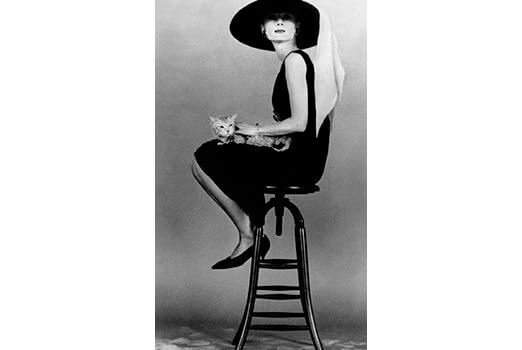Over time, fashion and cinema have created an indissoluble bond: if the first dresses the body, the second has always had the purpose of dressing the soul. Both use the visual means to communicate by creating a unique synergy: one completes and improves the other.
This love has been consolidated since the 1930s through the multifaceted figure of Adrian, the most famous film costume designer in history who was able to give a touch of glamor to Hollywood. Doroty’s red shoes in “The Wizard of OZ” were just the beginning, enchanting millions of spectators.
With more than 250 films Adrian dressed the most famous icons such as Greta Garbo, Joan Crawford, Jean Harlow, Marlene Dietrich, Vivien Leigh and Katherine Hepburn.
It was Marlene Dietrich, one of the first divas to wear a pair of trousers, radically subverting the idea of femininity that had existed until then.
The 1950s were decisive in crowning this union, in fact in 1948 that the Academy Award for costumes was established, the first real recognition of the work behind stage costumes.
From 1960 onwards, the list of films that have made the history of fashion is truly conspicuous, first of all “Breakfast at Tiffany’s” which consecrates the famous little black dress by Givenchy as a must have of all time. It shines the spotlight on the homewear like the iconic white men’s shirt worn by Audrey Hepburn in domestic scenes. Simple garments that acquire character through the accessories with which they are combined.
If until the 70s the purpose of fashion was to make divas even off the screen, from the 80s onwards the designers became the spokespersons of the directors themselves. Just think of masterpieces such as “The Great Gatsby” in which the style of the characters exactly interprets the director’s decò vision.
Today, more than ever, the very expression of the stylists, for the presentation of the new collections, is often a real short film through which they are able to convey not only the clothes, but also the vision that led to the creation of the collection. There are many references to the history of cinema and they seem to want to test the viewer’s culture.
One thing is certain: fashion and cinema will continue to make us dream and inspired each other with their art.






